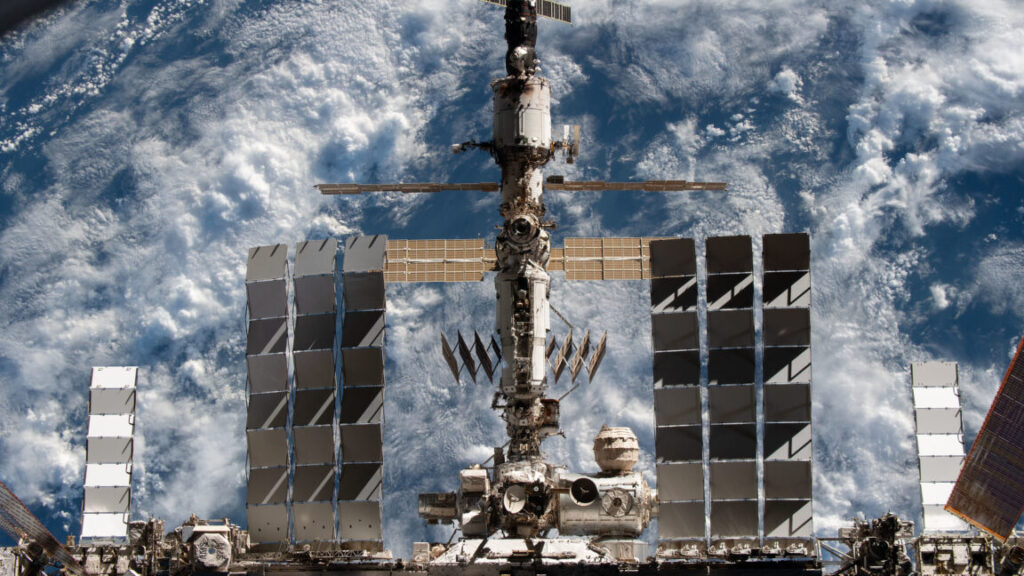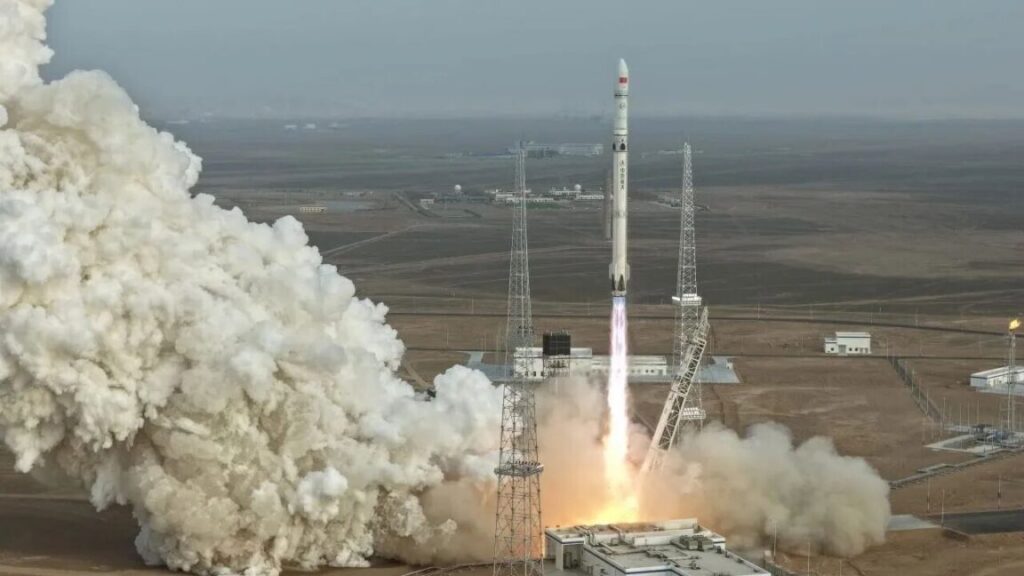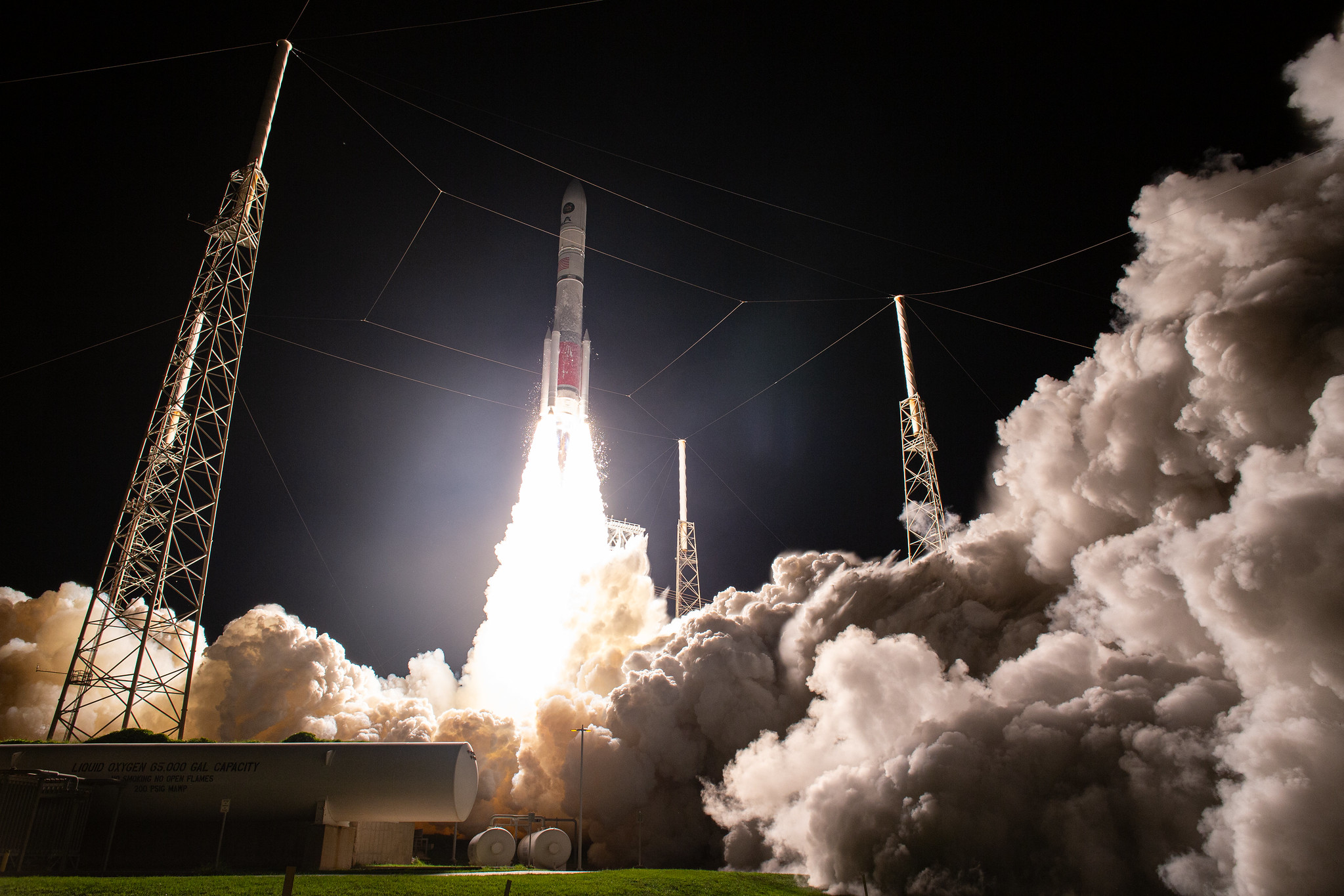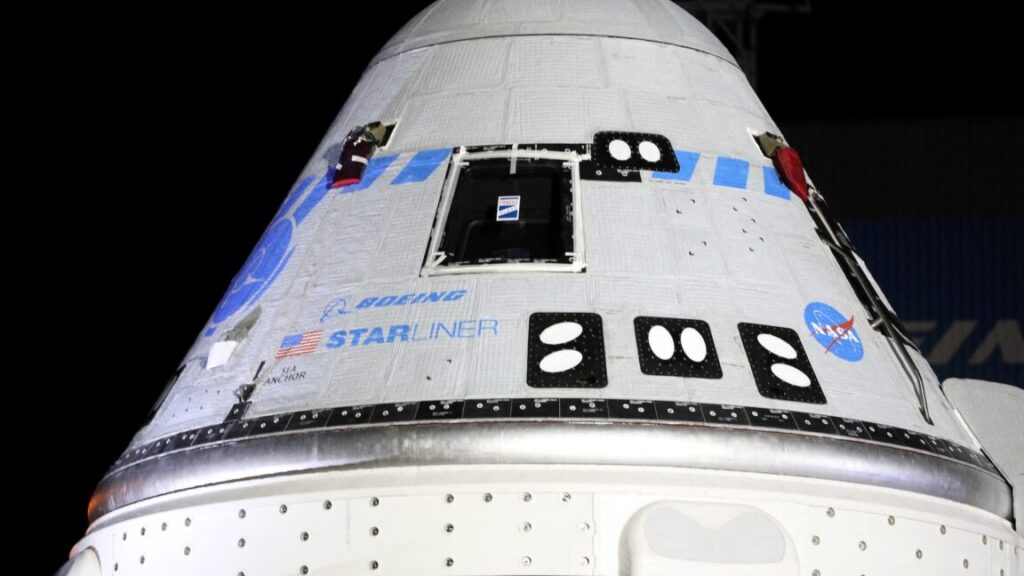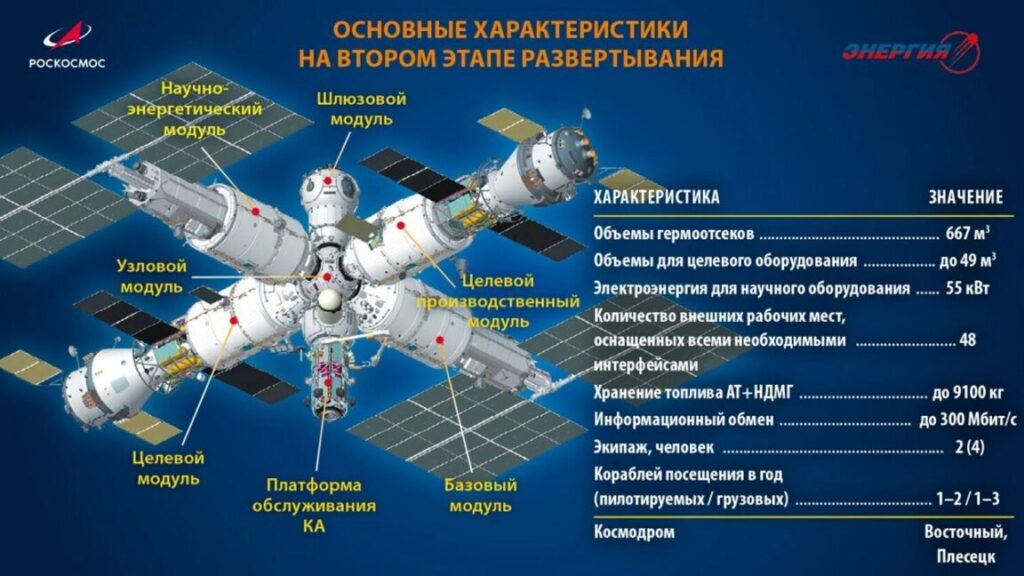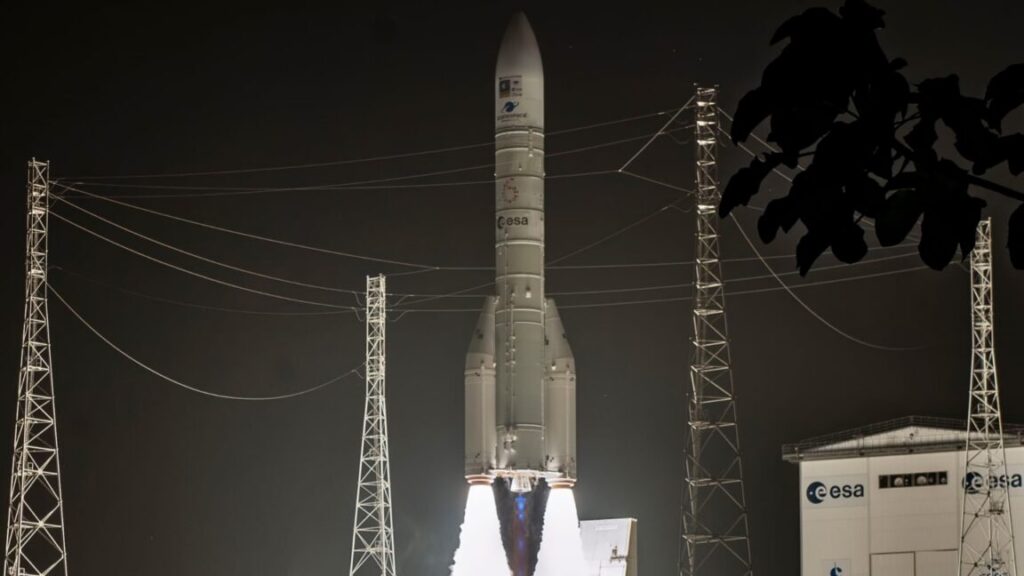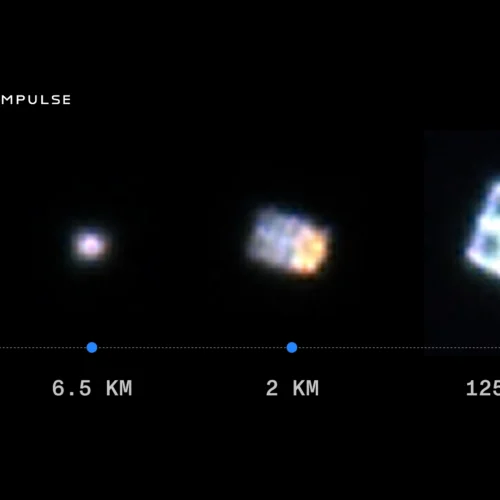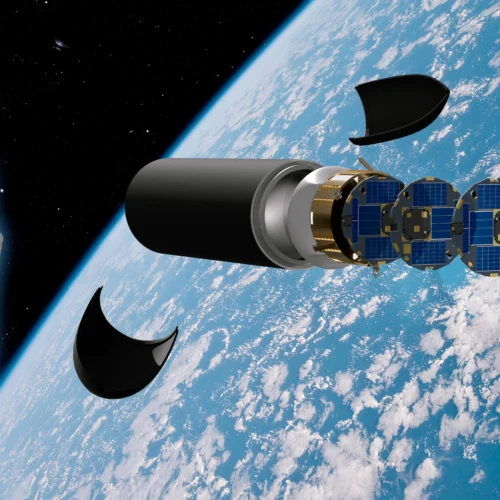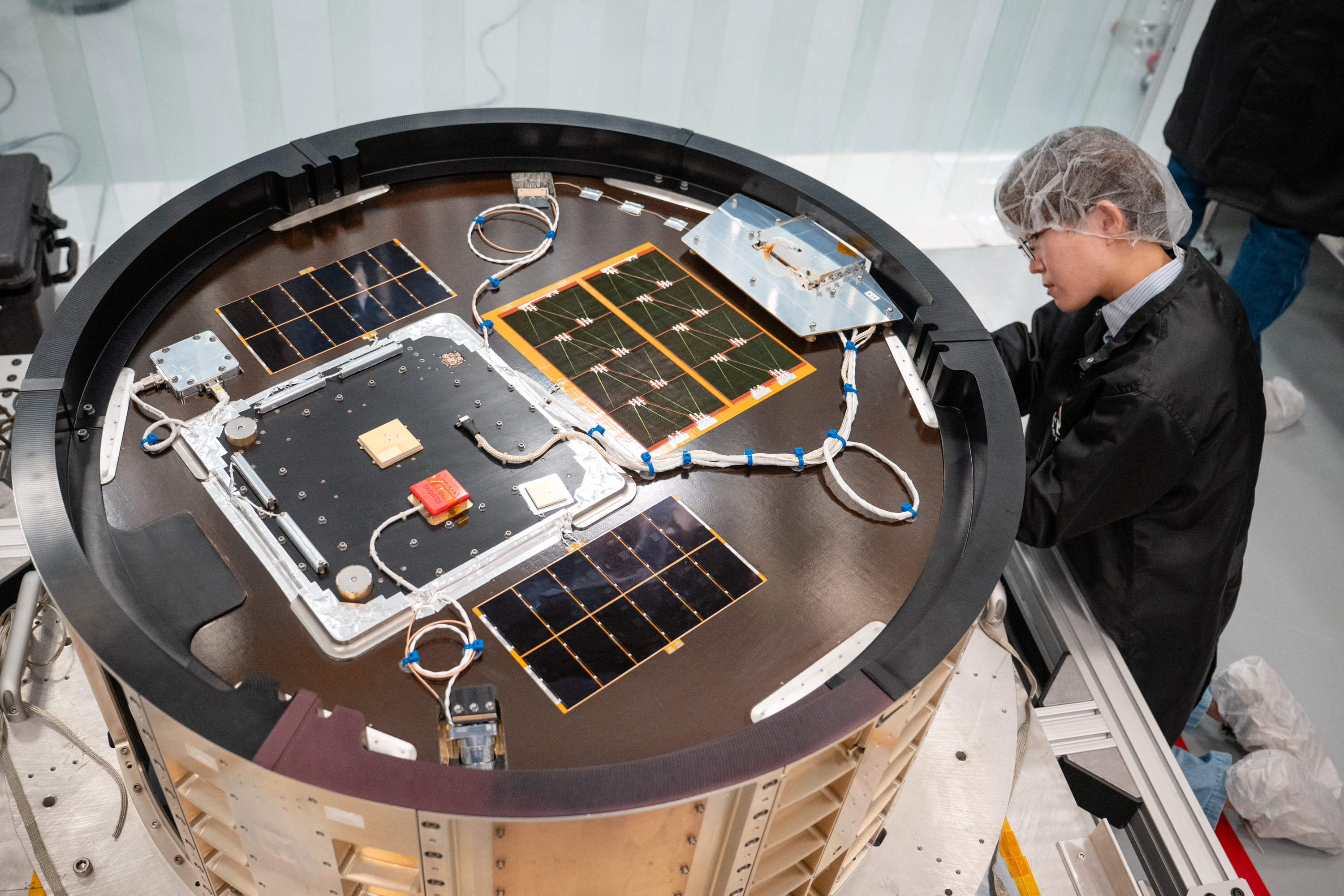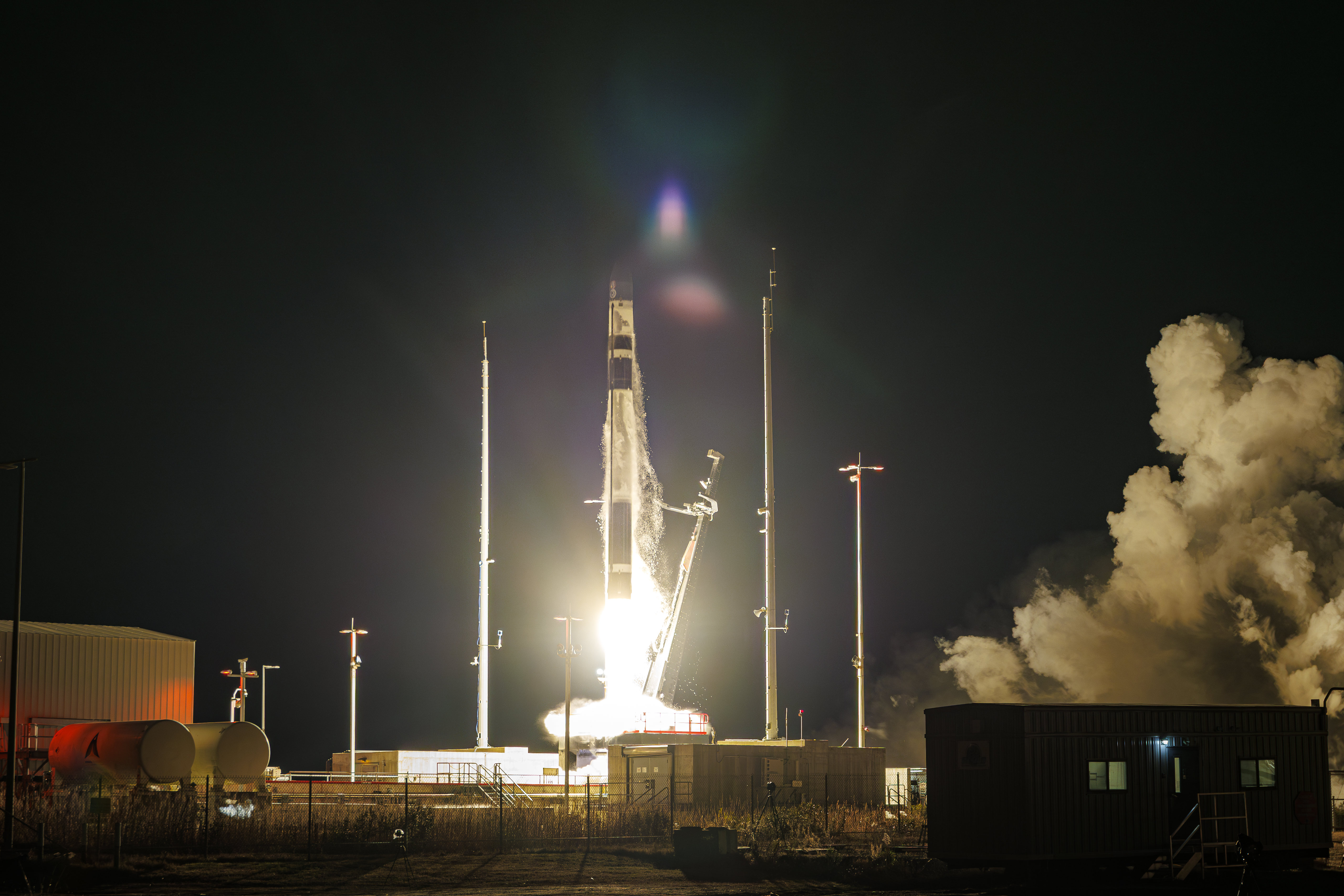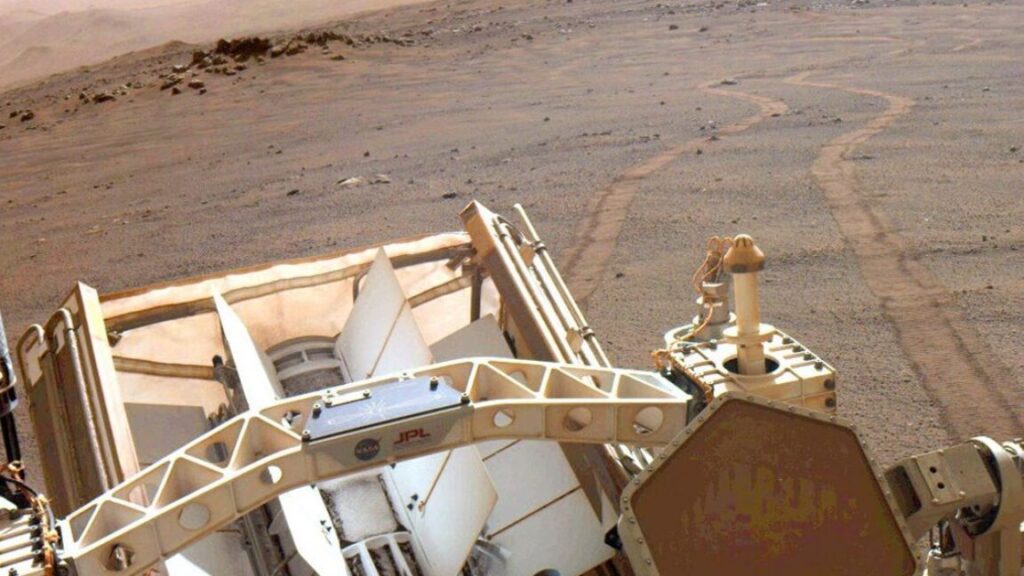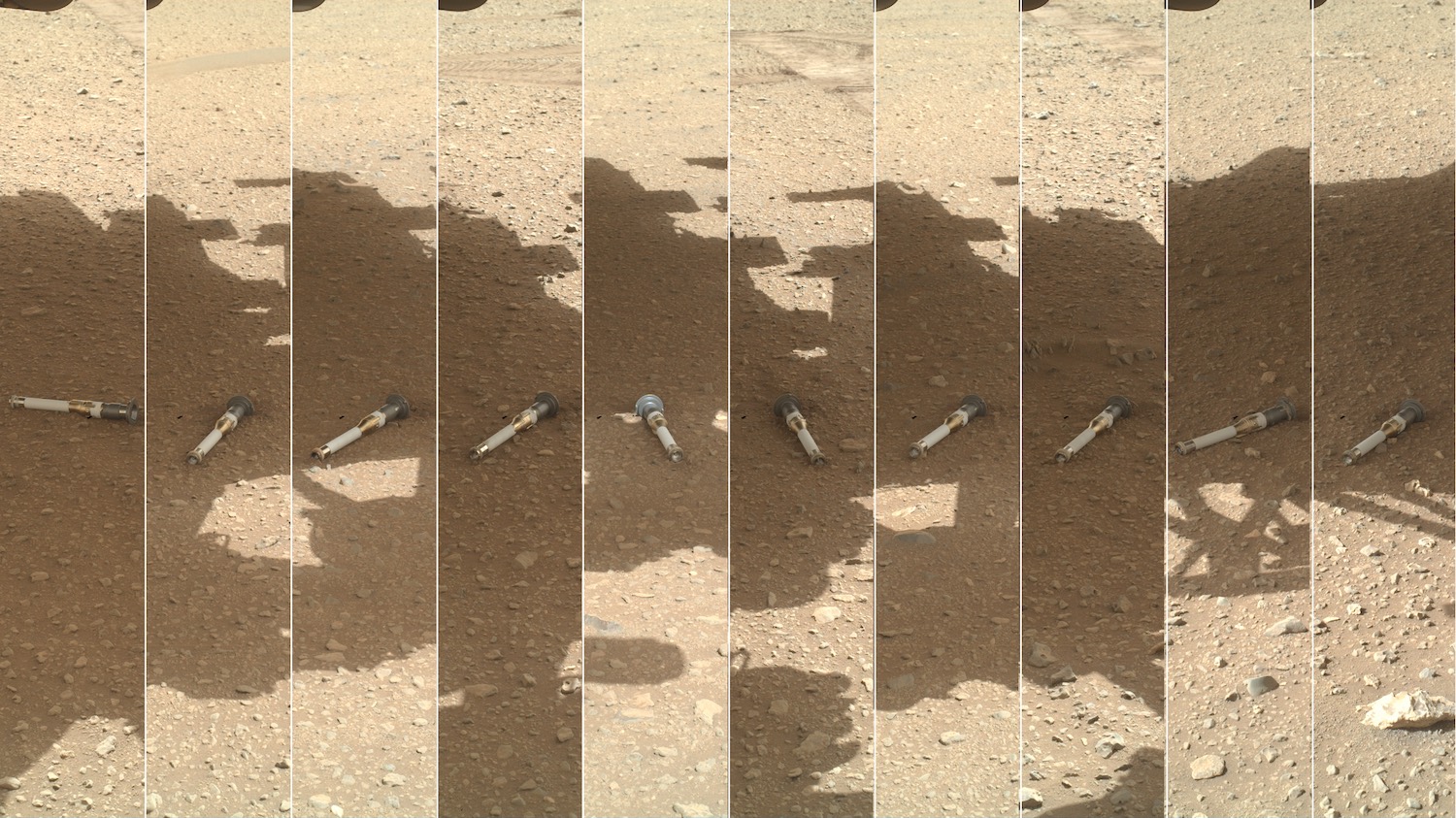SpaceX begins “significant reconfiguration” of Starlink satellite constellation
The year 2025 ended with more than 14,000 active satellites from all nations zooming around the Earth. One-third of them will soon move to lower altitudes.
The maneuvers will be undertaken by SpaceX, the owner of the largest satellite fleet in orbit. About 4,400 of the company’s Starlink Internet satellites will move from an altitude of 341 miles (550 kilometers) to 298 miles (480 kilometers) over the course of 2026, according to Michael Nicolls, SpaceX’s vice president of Starlink engineering.
“Starlink is beginning a significant reconfiguration of its satellite constellation focused on increasing space safety,” Nicolls wrote Thursday in a post on X.
The maneuvers undertaken with the Starlink satellites’ plasma engines will be gradual, but they will eventually bring a large fraction of orbital traffic closer together. The effect, perhaps counterintuitively, will be a reduced risk of collisions between satellites whizzing through near-Earth space at nearly 5 miles per second. Nicolls said the decision will “increase space safety in several ways.”
Why now?
There are fewer debris objects at the lower altitude, and although the Starlink satellites will be packed more tightly, they follow choreographed paths distributed in dozens of orbital lanes. “The number of debris objects and planned satellite constellations is significantly lower below 500 km, reducing the aggregate likelihood of collision,” Nicolls wrote.
The 4,400 satellites moving closer to Earth make up nearly half of SpaceX’s Starlink fleet. At the end of 2025, SpaceX had nearly 9,400 working satellites in orbit, including more than 8,000 Starlinks in operational service and hundreds more undergoing tests and activation.
There’s another natural reason for reconfiguring the Starlink constellation. The Sun is starting to quiet down after reaching the peak of the 11-year solar cycle in 2024. The decline in solar activity has the knock-on effect of reducing air density in the uppermost layers of the Earth’s atmosphere, a meaningful factor in planning satellite operations in low-Earth orbit.
With the approaching solar minimum, Starlink satellites will encounter less aerodynamic drag at their current altitude. In the rare event of a spacecraft failure, SpaceX relies on atmospheric resistance to drag Starlink satellites out of orbit toward a fiery demise on reentry. Moving the Starlink satellites lower will allow them to naturally reenter the atmosphere and burn up within a few months. At solar minimum, it might take more than four years for drag to pull the satellites out of their current 550-kilometer orbit, according to Nicolls. At the lower altitude, it will take just a few months.
SpaceX begins “significant reconfiguration” of Starlink satellite constellation Read More »

